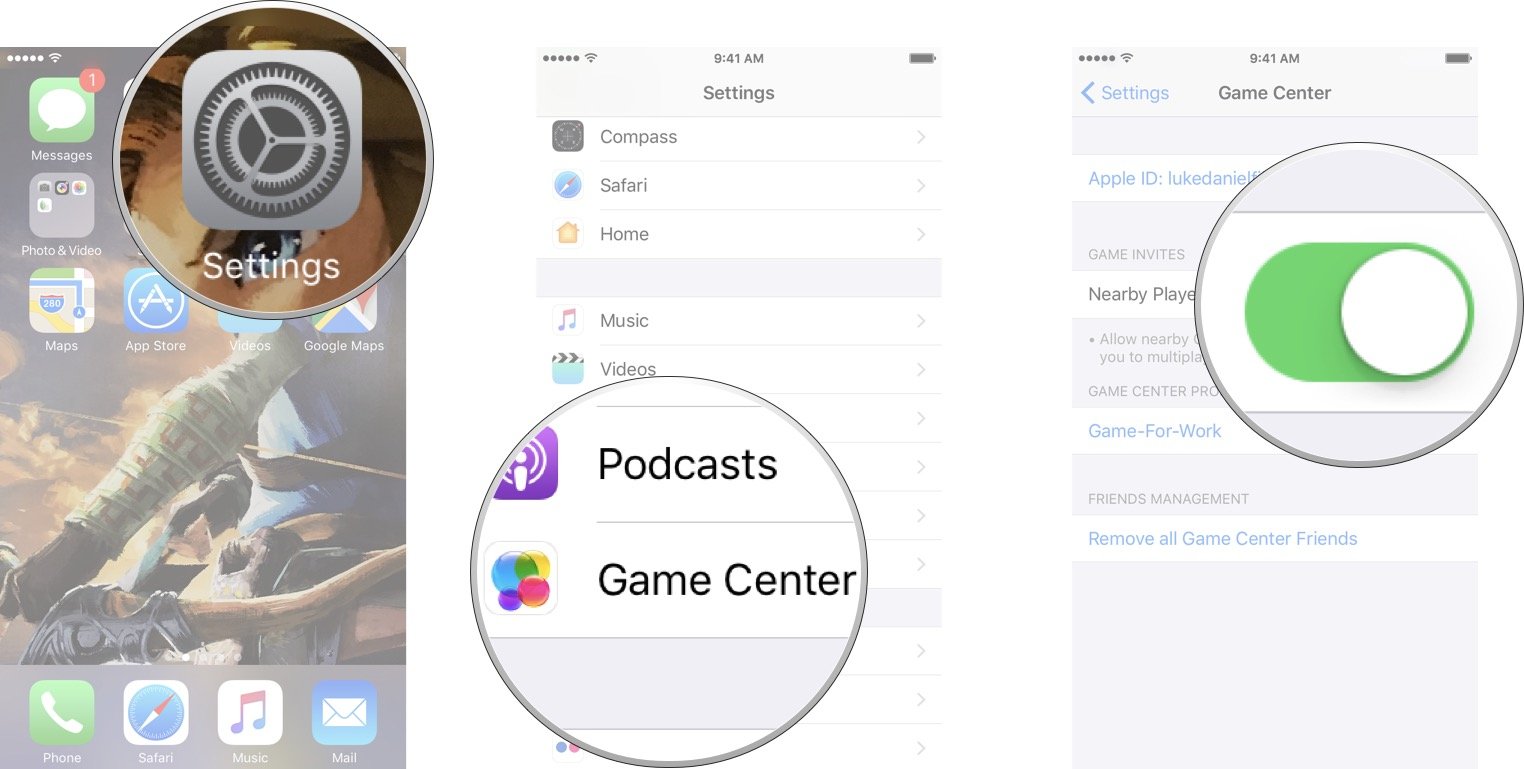Pdf Rolemaster Adventures Pdf Download
'Rolemaster (1st & 2nd Editions) includes the first set of rules originally published by Iron Crown Enterprises for their fantasy role-playing game around 1980 and essentially includes all the Rolemaster material that was published by the company until Rolemaster Standard System (3rd Edition) was released in 1995. Hoja en blanco. Title: Rolemaster Companion I Author: Chaosranger Created Date: 2:29:27 PM.
This article may be written from a, rather than a. Please to conform to a of quality, and to make it neutral in tone. ( April 2012) () () Rolemaster,,, Publisher(s) Publication date 1980 (first edition) 1999 (fourth edition) Genre(s) System(s) Rolemaster Standard System Rolemaster is a published. Rolemaster has come in four separate editions. The third edition, first published in 1995, is also known as the Rolemaster Standard System (or RMSS for short). Rolemaster Fantasy Roleplaying (or RMFRP) was first published in 1999 as a reorganized edition of RMSS, and is largely compatible with that edition. The most recent publication of the Rolemaster rule set is Rolemaster Classic (RMC), a republished set of the second edition rules.
Rolemaster uses two ten-sided dice Rolemaster uses a percentile dice system and employs both classes (called 'Professions' in Rolemaster) and levels to describe character capabilities and advancement. Task resolution is done by rolling percentile dice, applying relevant modifiers, and looking the result up on the appropriate chart to determine the result. There are various charts to increase the realism of the results, but most of these are optional, and many rolls can be made on a relatively small number of tables. Combat [ ] For combat each character has an Offensive Bonus (OB), which takes into account one's natural physical adeptness, weapon skill, and other factors, and a Defensive Bonus (DB), which takes into account natural agility, the use of shields and 'Adrenal Defense', the ability of martial artists to avoid blows seemingly without effort. In addition various modifiers for position, wounds, and other factors are present.
 An attacking combatant rolls percentile dice, adds his or her OB to the total, adds modifiers, and subtracts the defender's DB. The total is then applied to a table for the attacker's weapon.
An attacking combatant rolls percentile dice, adds his or her OB to the total, adds modifiers, and subtracts the defender's DB. The total is then applied to a table for the attacker's weapon.
The attack total is cross-indexed with the type of armor (if any) worn by the defender and the result will be a number of concussion hits dealt, which are then subtracted from the defender's running total. If sufficient hits are dealt, the defender may go unconscious, but death seldom results purely from concussion hit damage. In addition to concussion hits, however, a critical hit can be dealt by the result on the weapon table. These are described by type (slash, crush, puncture, etc.) and by severity (generally A through E, with E being the most severe). Critical Hits (or simply 'crits'), can inflict additional concussion hits, bleeding (subtracted from concussion hits at the start of each new round), broken bones, loss of limbs or extremities, internal organ damage and outright death. Reimage repair working licence key.
If a crit is inflicted, a second roll is made on the appropriate critical table. Thus, unlike, for example, Dungeons & Dragons, Rolemaster describes wounds not only in the number of points of damage dealt (which are then subtracted from an abstract pool of 'Hit Points'), but with specific details of the injury inflicted. Death occurs, for both player characters and Gamemaster-controlled adversaries, primarily through this critical damage, and not through loss of hit points.